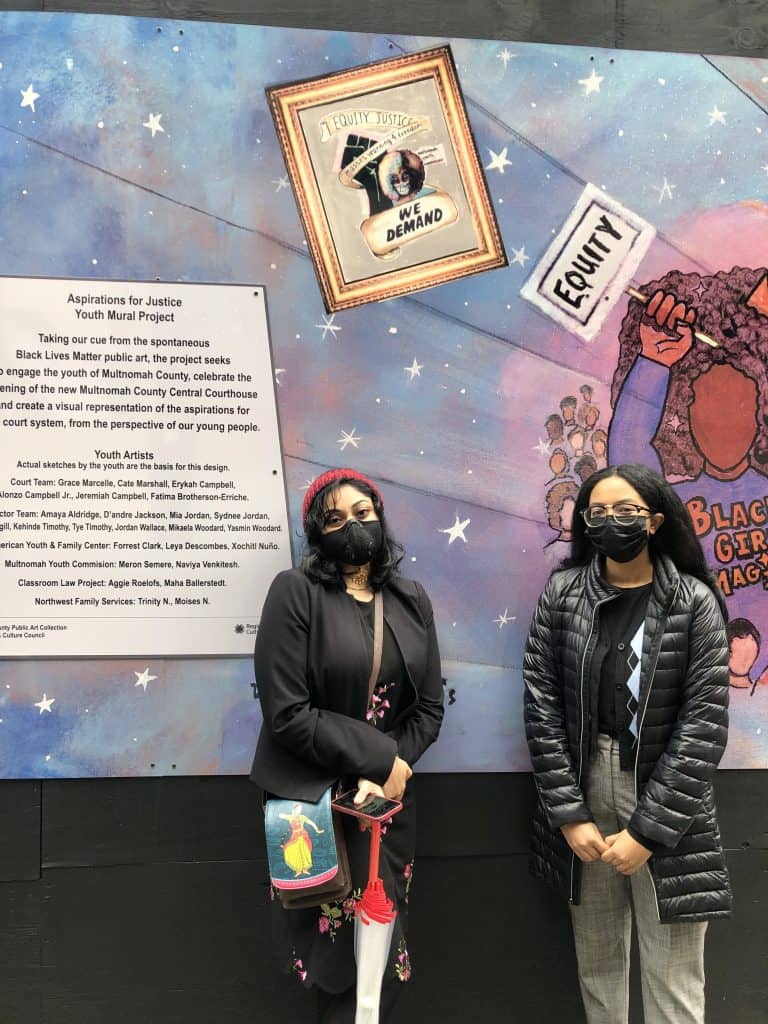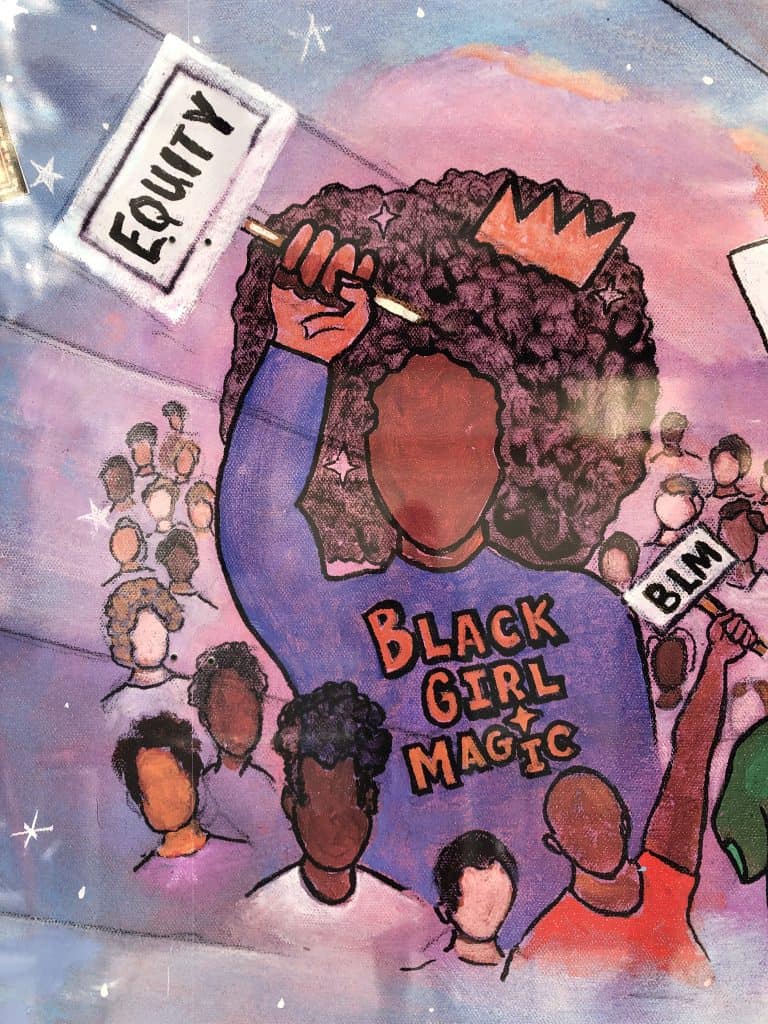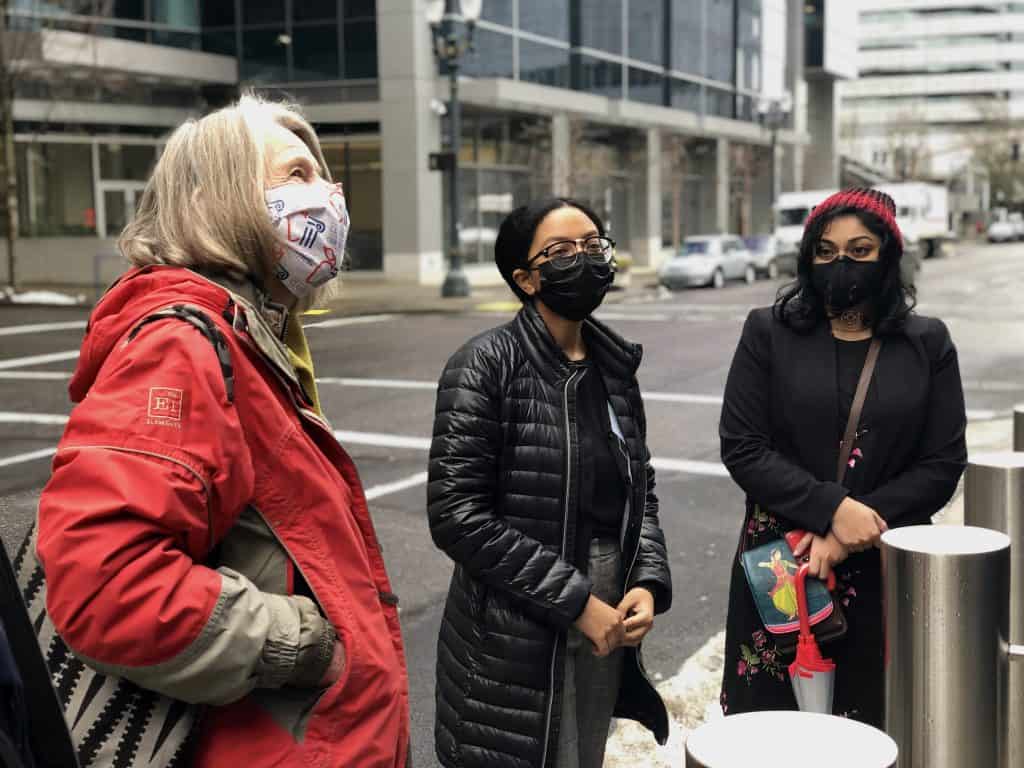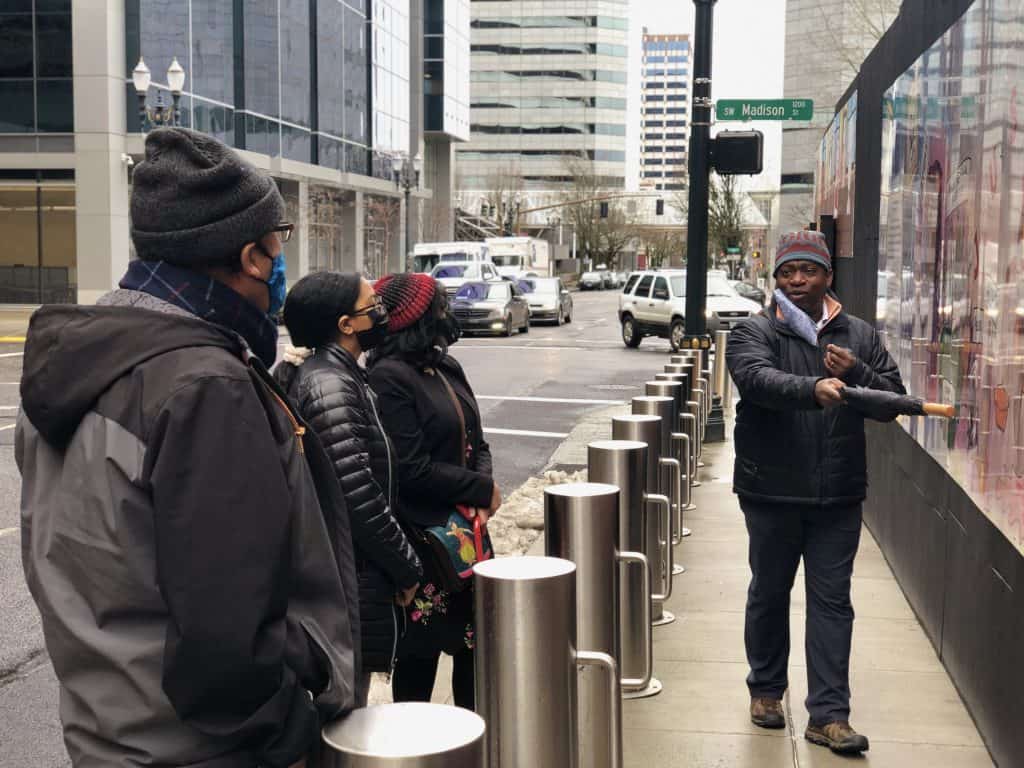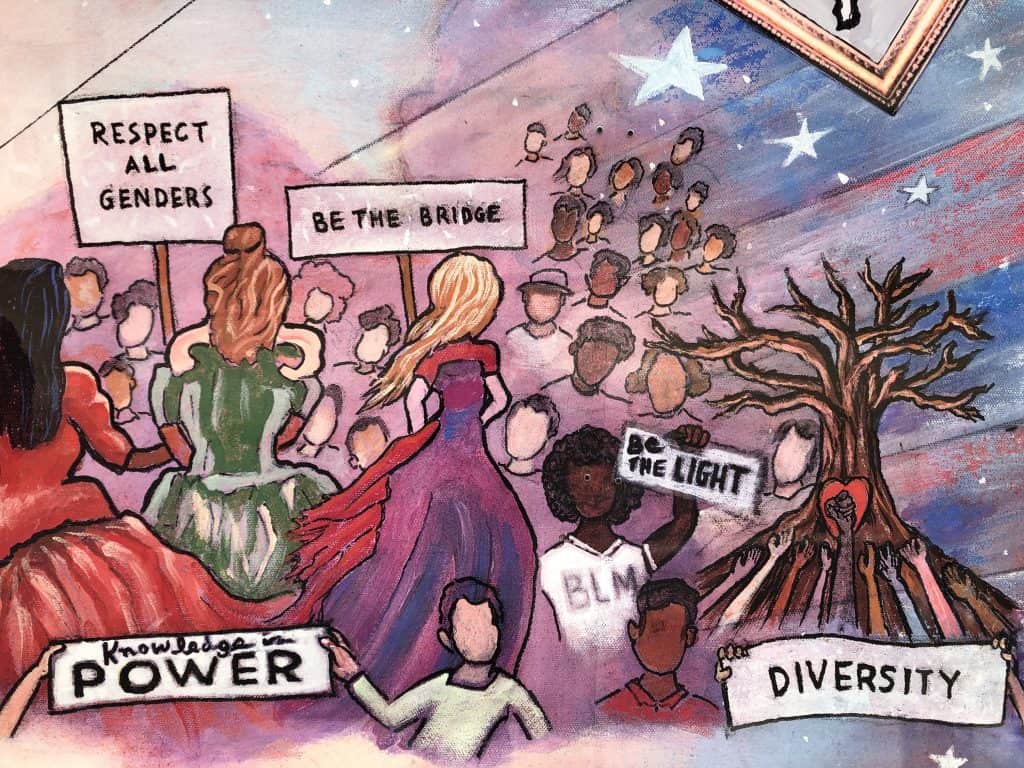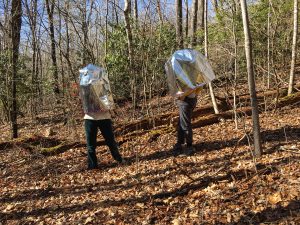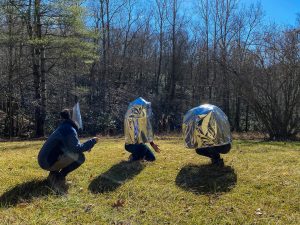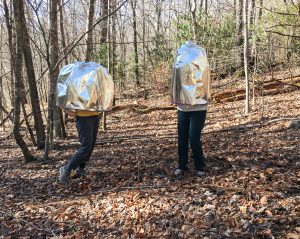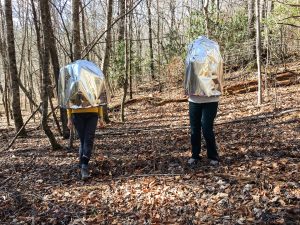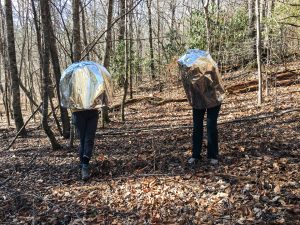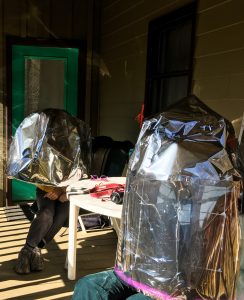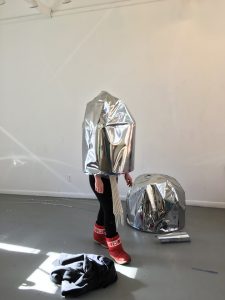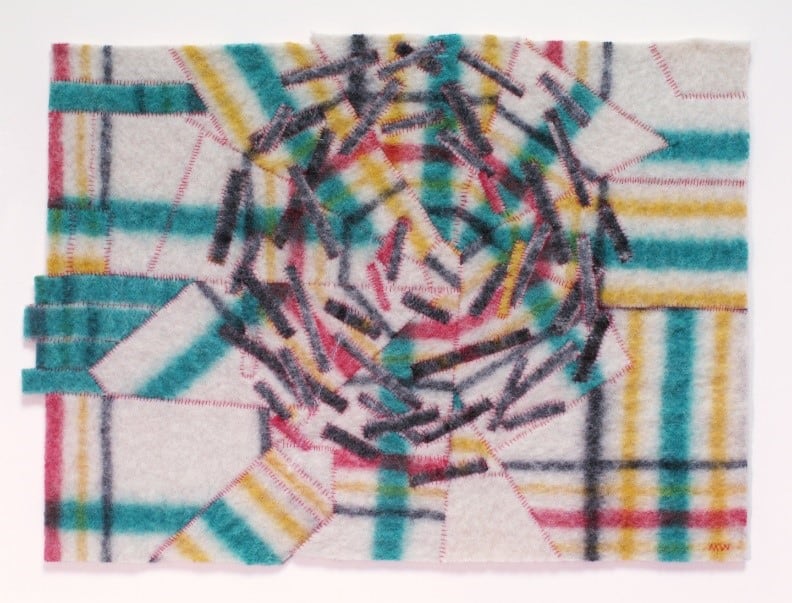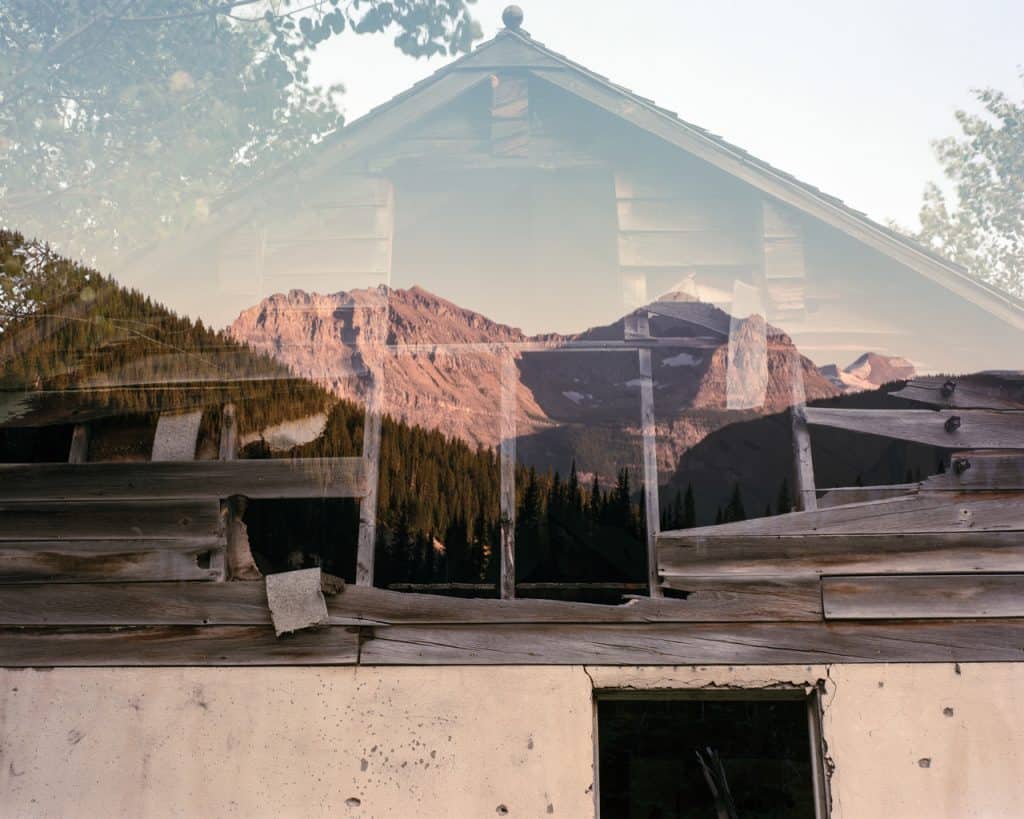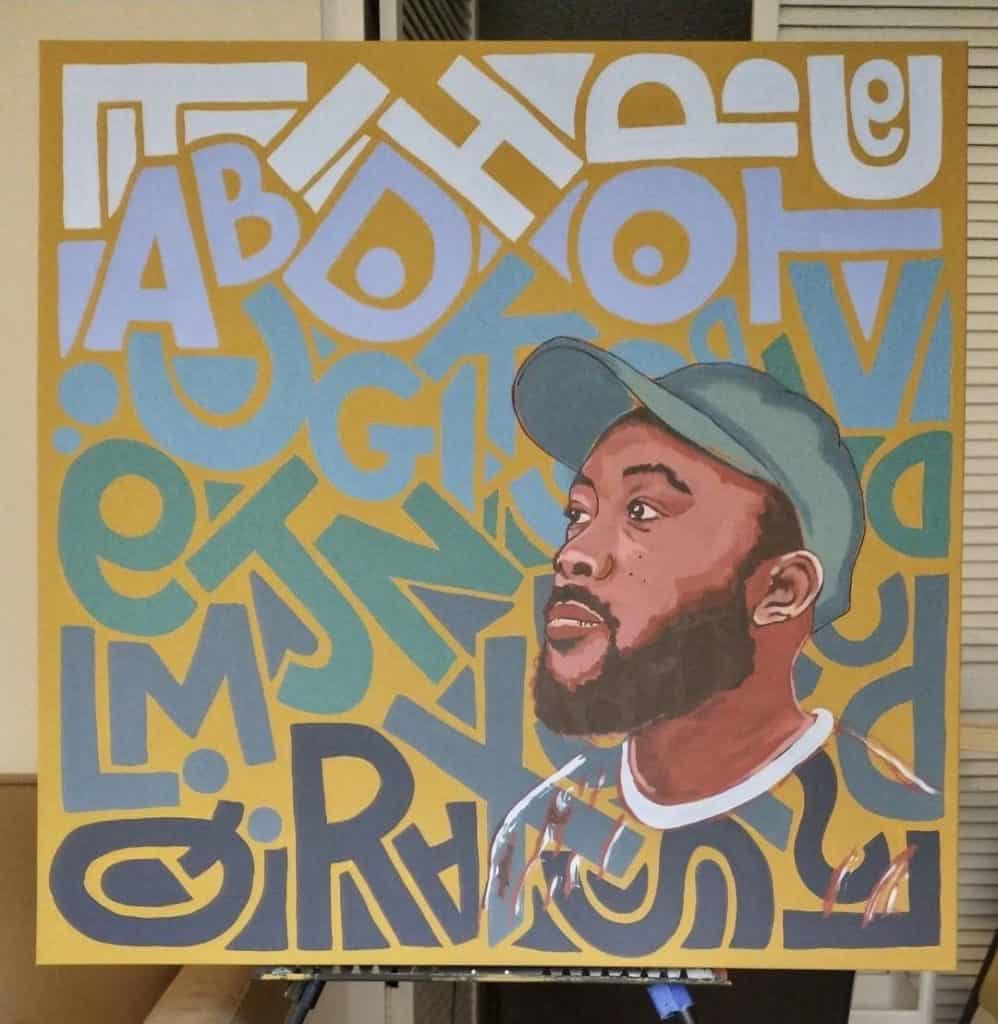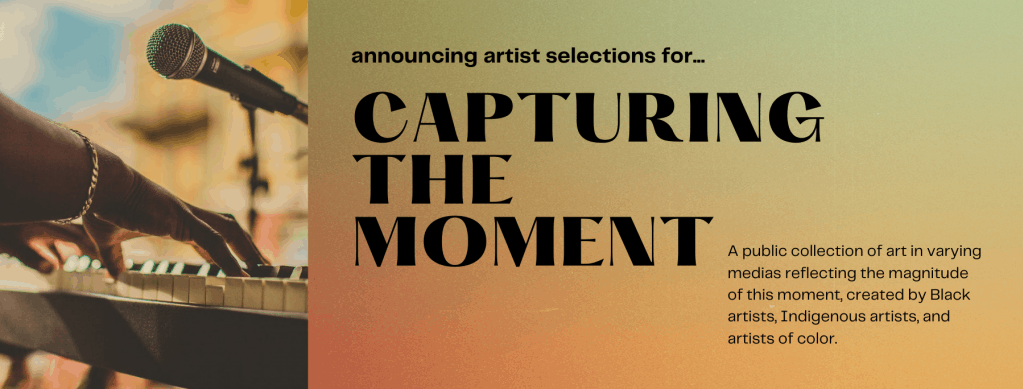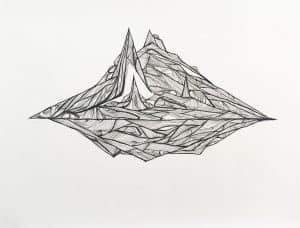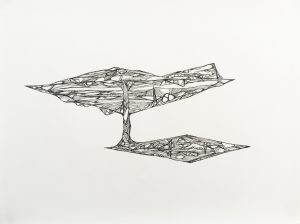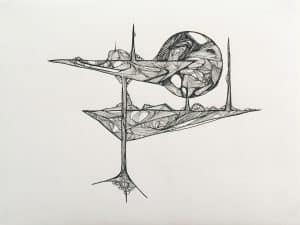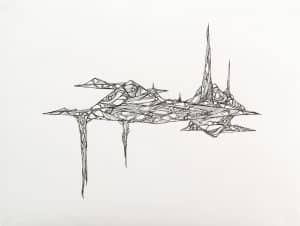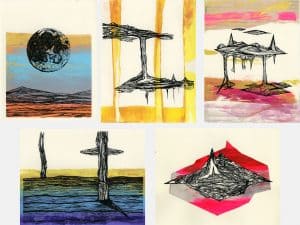This summer, in the wake of the killing of George Floyd and with swift momentum behind the Black Lives Matter movement, many rallied together to protest racial injustice across the nation and here in our own city. Throughout the resistance in Portland, the recently completed Multnomah County Central Courthouse on Southwest First Avenue in downtown Portland became a frequent gathering place for protestors. In response, temporary walls were constructed around the glass courthouse building, intended to protect the new structure from damage. But to Multnomah County Circuit Judge Melvin Oden-Orr, those imposing plywood walls represented an opportunity to break down an entirely different set of barriers by amplifying the voices of young artists.
Inspired by art popping up around the city in response to the Black Lives Matter movement, Judge Oden-Orr called for a mural centered on racial justice to fill some of the space on the temporary walls outside the courthouse. Judge Oden-Orr said he feels strongly that, in all moments but particularly this one, it is the responsibility of the court to educate youth on their civil rights and to encourage engagement and activism. So, in fall of 2020 he began hosting conversations with youth from organizations across the Portland metro area. 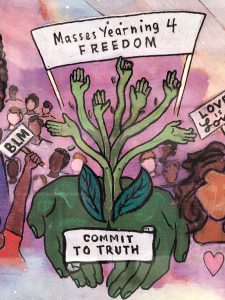
Judge Oden-Orr discussed with the youth the judicial system, racism and injustice, citizens’ roles in democracy, and how to actively engage in resisting and dismantling systems of oppression. As part of these conversations, Judge Oden-Orr invited the youth to create art reflecting their feelings, experiences, and hopes for the future. Multnomah County and the Summer Works program provided stipends to the youth as compensation for their work and time. The goal, Judge Oden-Orr said, was “to engage the youth of Multnomah County, celebrate the opening of the new Central Courthouse, and create a visual representation of the aspirations for the court system, from the perspective of our young people.”
In a unique partnership, Multnomah County Circuit Court, Judge Oden-Orr, Multnomah County, and the Regional Arts & Culture Council commissioned muralist Jose Solís to create the final piece of art for the exterior courthouse space. Considering all of the work created by the youth, Solís wove each idea and image into a comprehensive, dynamic work of art. The commission was supported by Multnomah County Percent for Art funds.
Because of the temporary nature of the barrier walls, the mural was painted by Solís in his studio and then photographed and digitally produced to be printed onto aluminum panels. The panels are fixed to the wall with screws, allowing the mural to be moved and repurposed whenever the barrier comes down.
For now, the mural rises up along the sidewalk on Southwest First Avenue as an incredibly powerful demonstration of unity, justice, and hope for the future. The youth artists expressed excitement and pride in having their art represented publicly downtown. In February, Judge Oden-Orr invited the youth who contributed designs and ideas to join him, along with muralist Jose Solís and Chief Justice Cheryl A. Albrecht, to view the finished piece outside the courthouse—a poignant meeting of multi-generational artists, leaders, and change-makers honoring our collective aspirations for justice.
- Muralist Jose Solís
- Youth artists Naviya Venkitesh and Meron Semere from Multnomah Youth Commission
- Excerpt from the mural
- Chief Justice Albrecht with Multnomah Youth Commission students
- Judge Oden-Orr shares about the mural outside the courthouse
- Excerpt from the mural
“Aspirations for Justice: Youth Mural Project” Youth Artists and community connections
Court Team: Grace Marcelle, Cate Marshall, Erykah Campbell, Alonzo Campbell, Jr., Jeremiah Campbell, Fatima Brotherson-Erriche
Contractor Team: Amaya Aldridge, D’andrew Jackson, Mia Jordan, Sydnee Jordan, Tamia Thirdgill, Kehinde Timothy, Tye Timothy, Jordan Wallace, Mikaela Woodard, Yasmin Woodard
Native American Youth & Family Center: Forrest Clark, Leya Descombes, Xochitl Nuño
Multnomah Youth Commission: Meron Semere, Naviya Venkitesh
Classroom Law Project: Aggie Roelofs, Maha Ballerstedt
Northwest Family Services: Trinity N., Moises N.


